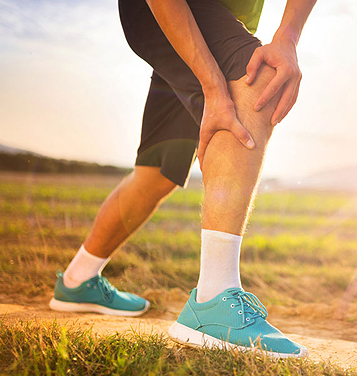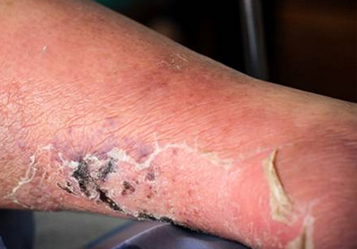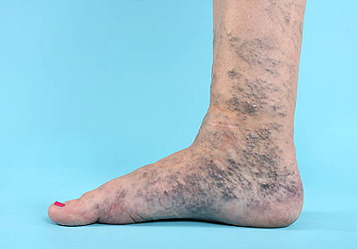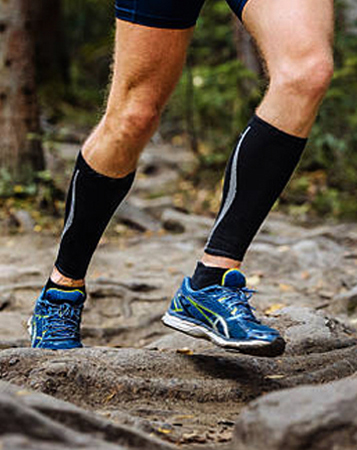If you’ve been diagnosed with chronic venous insufficiency, skin ulcers may be something you find to be an ongoing concern. A sore or wound that’s slow to heal can develop around the bony sections of your leg, such as your shins or ankles. Due to the greater pressure in your lower legs and feet, fluid and blood leak from your veins into the surrounding tissue. The extra fluid weakens the skin, causing it to break down.
Because your veins can’t circulate the blood as effectively, the nutrients and other healing agents that your body ordinarily sends to the site of a sore or wound fall short, meaning they don’t work as quickly or efficiently. If left untreated, these ulcers can lead to skin and bone infections. In rare cases, skin cancer may develop in chronic non-healing ulcers. Any wound that refuses to heal should be checked by your Manhattan vein doctor.
Risk Factors and Symptoms for Ulcers
Although anyone can get a leg ulcer at some point, you may be more susceptible than others. Risk factors include:





